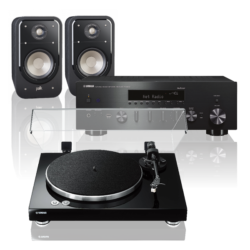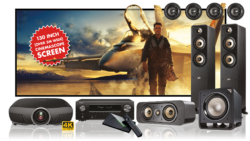HiFi & 2-Channel Audio Buyers Guide
Your first hifi system – what you need to know
We love listening to real music, the way the band wanted us to hear it. When you’re listening to an authentic sound especially with songs that are carved into your DNA. The song explodes, the guitar wails and you feel great.
What do I need?
There are three primary components in any hi-fi system:
- A music source
- Amplification
- Speakers
Sources

Your source component is where the audio signal originates. This could be a CD player, turntable or radio tuner. These days, it also includes digital files that can be streamed or played via a USB input in many hi-fi systems. Your source material plays a huge part in the quality you can illicit from your system.
Many people’s collections today are primarily digital – using MP3 or AAC (Apple iTunes default format) and therefore you are listening to audio only 1/10th the quality of the original recording as compression and convenience take priority over the quality of what you are enjoying. In order to counter this, a good quality media streamer that incorporates an upsampling DAC will ensure you get the best sound out of your digital collection.
At the other end of the scale, vinyl is back in a massive way. More and more people are brushing off their old vinyl or building their collection from scratch. Brands like Pro-Ject and Rega offer quality turntables at affordable prices.
Amplification
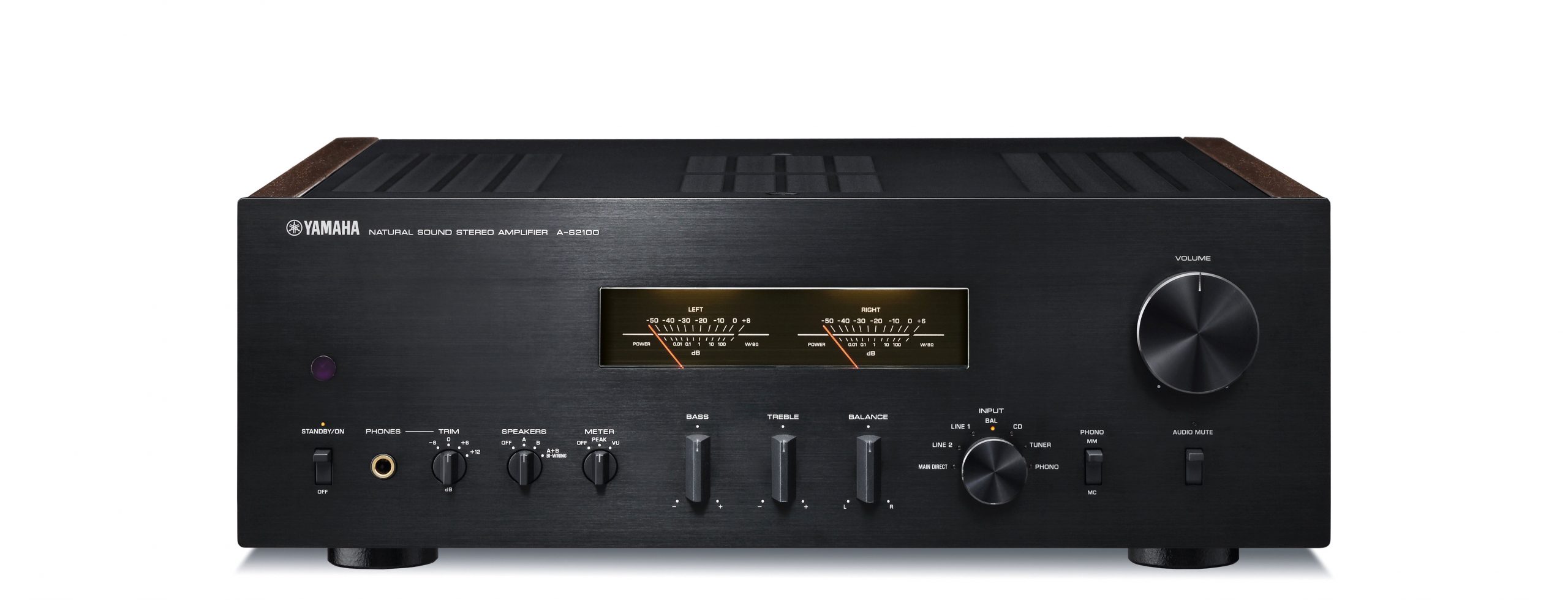
The next step in your hi-fi system is amplification. This consists of a pre-amplifier and power amplifier, which can be consolidated into an integrated amplifier.
The job of the pre-amp is to control and mediate the signal by applying gain and adjusting the volume. It also receives all your inputs, so if you use multiple sources, it’s responsible for switching between them.
The power amplifier is in control of amplifying the small signal received from the preamplifier so that it covers the entire bandwidth evenly with complete control, instructing the movement of the speakers to create sound.
An integrated amplifier does both these jobs and only consists of one unit. For the sake of space and simplicity, this is an excellent option. Brands like Yamaha, Denon, Marantz and Rotel offer some excellent performers with complete support for digital and analogue inputs along with pristine sound quality. Many integrated amplifiers also contain phono stages,which are required if you intend to connect a turntable up to your system. If the integrated amplifier you’ve chosen doesn’t have a dedicated phono stage they can be added on separately.
Speakers
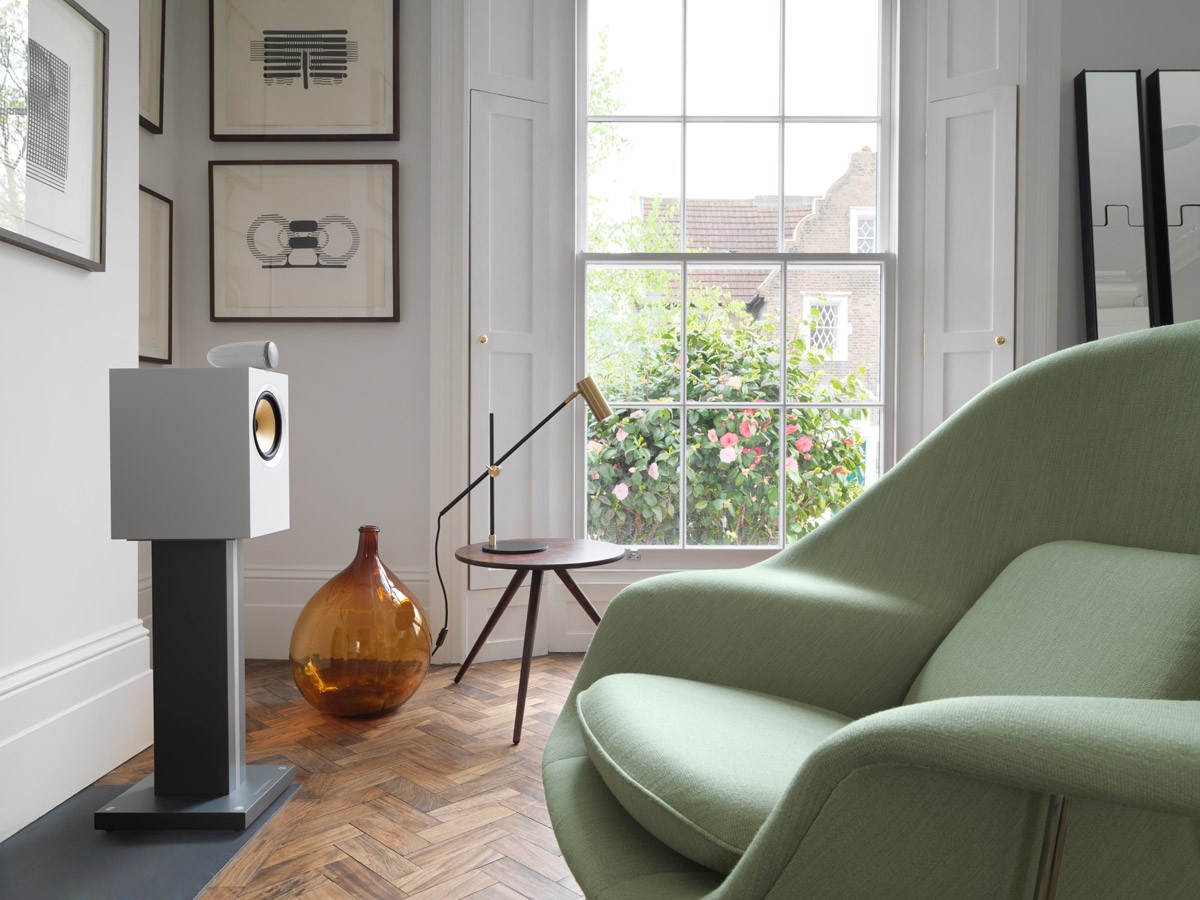
The final link in the chain is your speakers. You’re a bit spoiled for choice here. There are a lot of brands and types of speakers that each excel with different genres and in different listening environments. Some people believe that the speaker is the most influential component on the final product of your hi-fi system, but this is definitely not the case – the quality and type of your sources and hi-fi equipment make an enormous difference to the sound that is produced.
It’s important to consider here the size and shape of the room your hi-fi system will reside in. If it’s a large room, bigger speakers with better bass will be necessary to properly fill it. There are a few other considerations such as the height of ceilings, carpeting and furniture that will affect your speakers.
It’s important to match the ability of your amplifier and your speakers for the best quality and the safest operation. A mismatched pair can mean either an incomplete or distorted sound at low or high volumes, or serious damage to your speakers or amplifier.
The best way to make sure they’re compatible is by comparing specifications. Two important factors in this are impedance and power handling. Most speakers will have a nominal impedance of 4, 6 or 8 Ohms and a continuous (also known as nominal or RMS) power handling which is listed as a certain wattage. Impedance refers to how much work your speakers put your amplifier through – the lower the impedance, the higher the workload on your amplifier.
Power handling refers to the level of power the speaker can take over a long period of time. The continuous power handling is the important figure – while it can handle more or less power comfortably, this is the figure you should base the rating around.
Comparing to the specifications of an amplifier, it’s important to check that the amp’s continuous power output (playing at the listed impedance) is equal or greater than the speakers’ power handling rating. To be safe and get the best outcome, some recommend getting an amplifier with around a 10% higher output than the speakers’ handling.
Putting together your first hi-Fi system
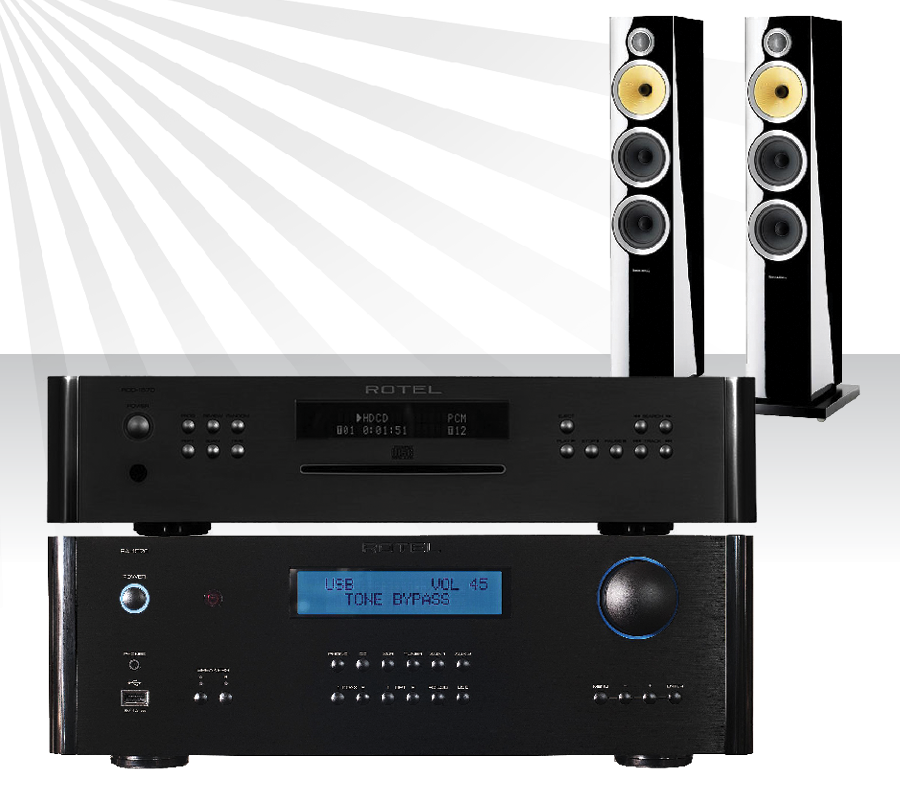
Now that you’ve got a bit of an idea of what is necessary, it’s time to consider what you want, what you need, and how you want to use it.
To make things a little easier we’ve created a range of 2 Channel Audio packages that will suit any budget.

